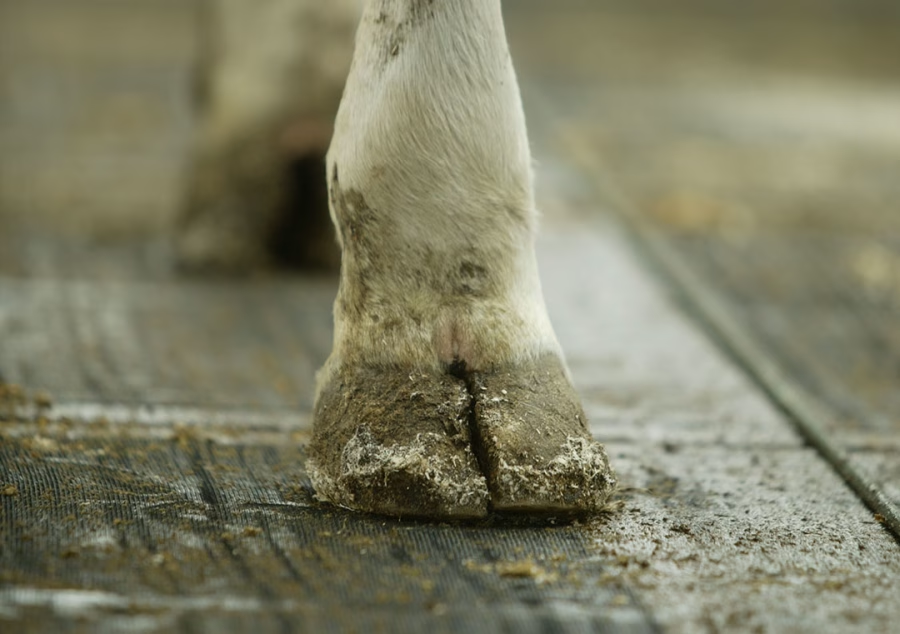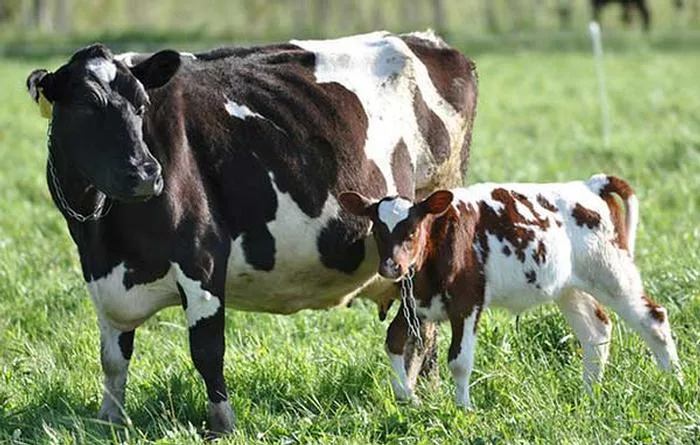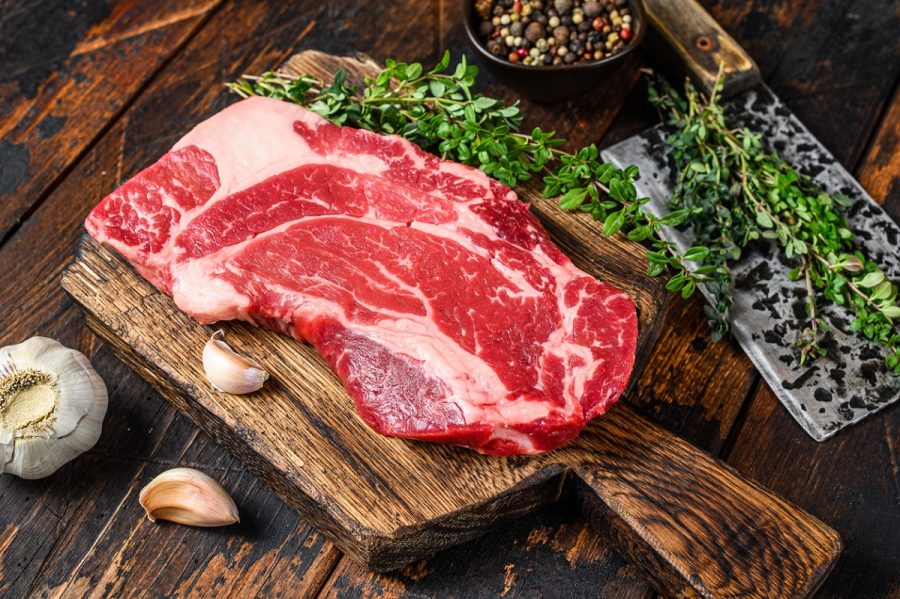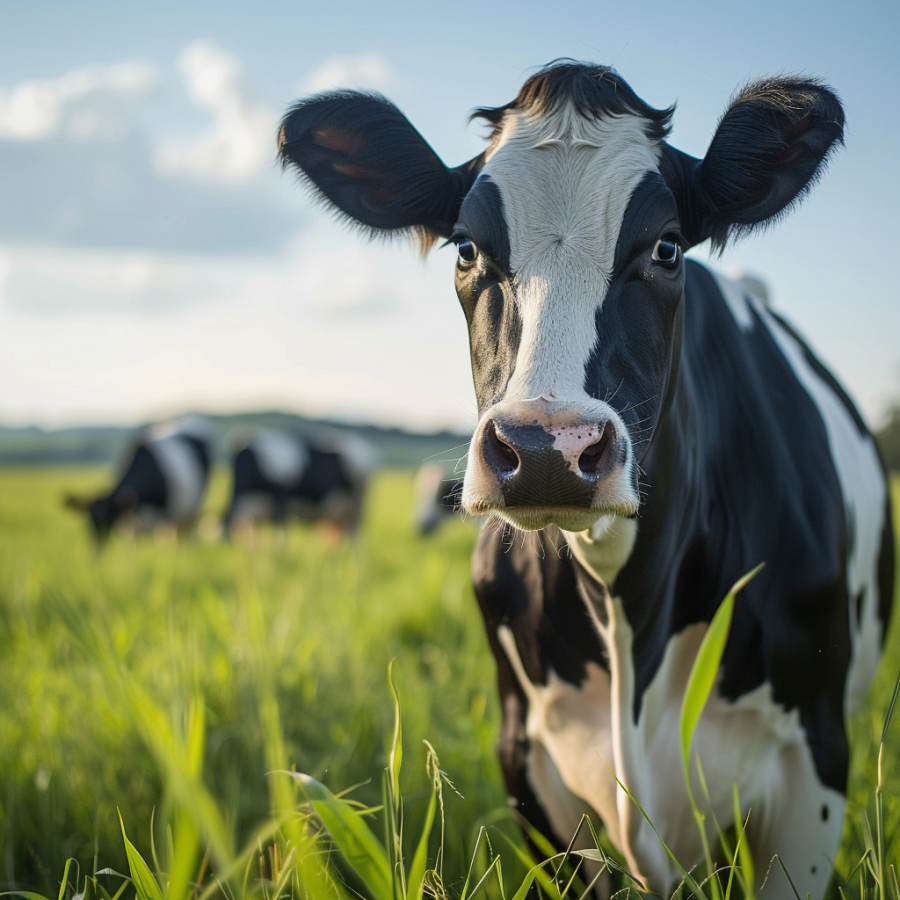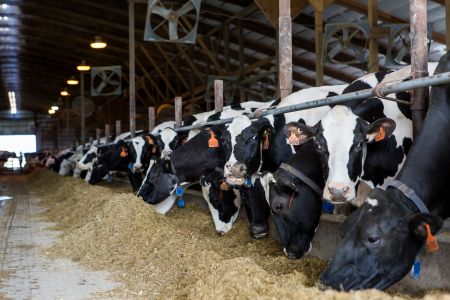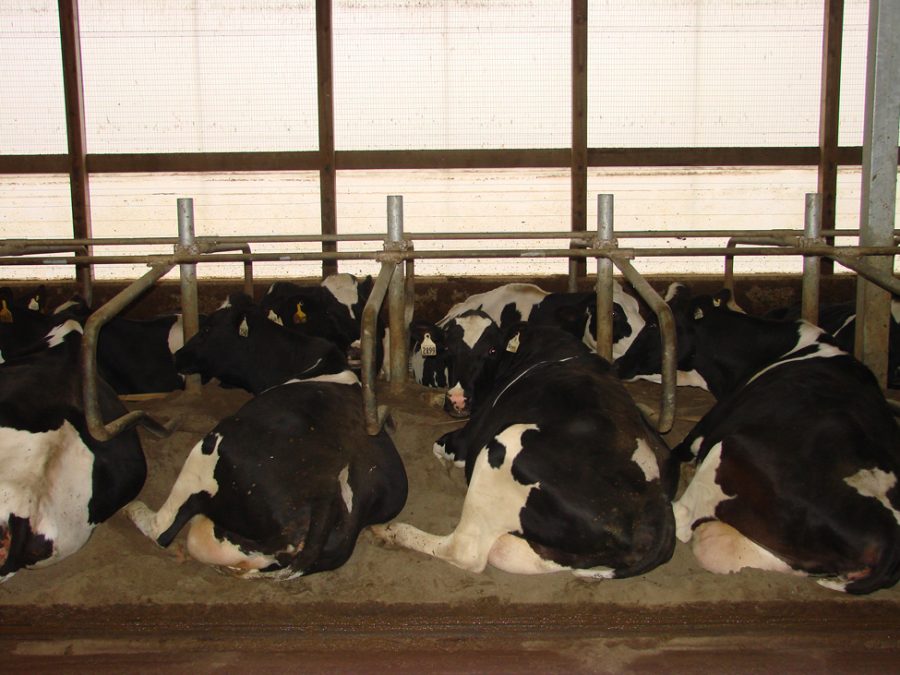Learn the hidden language of dairy farming life. How do grunts, groans, and laughs help farmers handle and control their cattle?
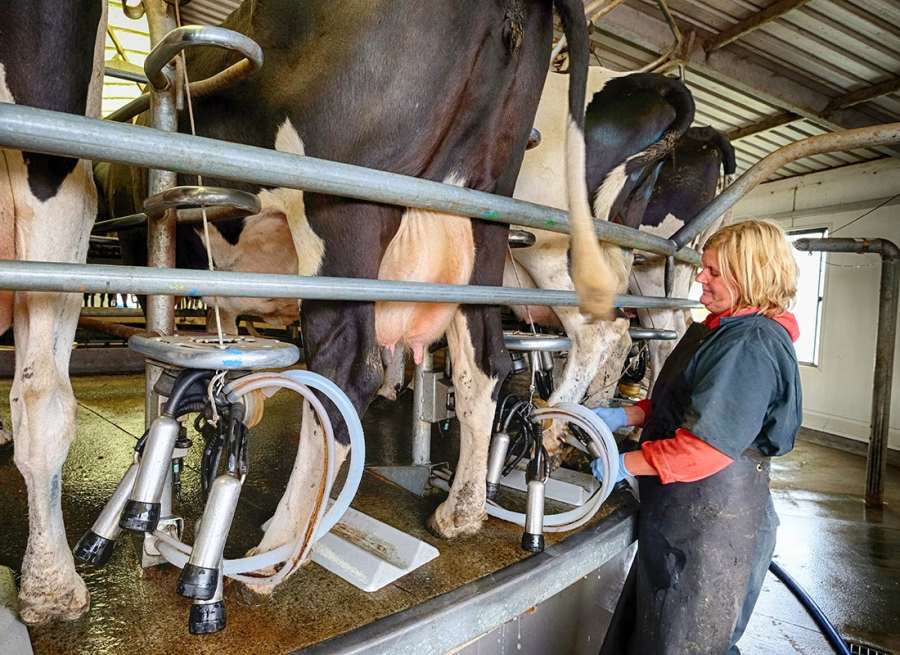
In livestock management, nonverbal cues often speak louder than words. A raised hand, a tip of a hat, or a timed grunt can transform chaos into a harmonious understanding. While this may seem peculiar to outsiders, seasoned cowhands recognize these nonverbal signals as the backbone of effective cattle handling.
“What’s said in the coral stays in the corral.”
Grunt, moan, or guffaw guiding cattle reveals the close relationship between people and animals. These noises not only control the herd but also help handlers establish a bond. This paper delves into the unique but powerful language of movements and noises that characterizes cattle handling as a ballet of grunts, moans, and guffaws, fostering a sense of shared understanding.
Humorous Sayings on Shirts Capture Corral Communication Perfectly
Funny sayings about shirts convey exactly the correct message. “What’s said in the corral stays in the corral,” says one. This sentence captures the knowledge that the strong feelings in the corral are for those special times.
Another often-used one is, ‘That was my corral voice.’ This proverb gently notes the more robust, more forceful voice in handling recalcitrant cattle. It reminds us that orders issued in the corral are not personal but necessary for maintaining order. The ‘corral voice’ is a unique communication style that is understood and respected in the cattle handling community.
Effective Cattle Handling: A Key to Welfare and Efficiency
Good cattle handling depends on operational effectiveness and animal welfare. Working quietly with cows helps them relax, smoothing out the procedure and making it safer for everyone. Reduced meat quality and more disease are two effects stressed cattle might experience.
Calm, regular handling results in cooperative cattle, which simplifies chores, including sorting or vaccinating. A calm corral setting guides animals gently rather than allowing anarchy.
Handlers and cattle create trust and limit disturbance using subtle gestures or grunts. This method conforms with contemporary animal welfare criteria expected by consumers and legislators.
In the end, practical and silent cow management is a skill that helps everyone as it supports animal welfare and dairy farm viability.
The Unpredictable Cow: Mastering Non-Verbal Cues to Maintain Order
The erratic cow presents a special difficulty as it often defies conventional wisdom for most livestock. However, effective redirection from this occasional intransigence is possible through the use of various nonverbal signals. A raised hand calls attention, a carefully positioned horse leads her back in line, and a basic tip of the hat establishes authority without generating disturbance. This highlights the power of nonverbal cues in maintaining order and empowering the audience in their cattle-handling practices.
The Role of Grunts: Instinctive and Effective Non-Verbal Communication
When it comes to managing cattle, grunts are the primary form of nonverbal communication. These deep, resonant sounds can capture a cow’s attention without causing stress. Grunts are effective whether you’re guiding a wandering cow, expressing satisfaction, or preventing potential chaos. This mirrors how parents use natural sounds to communicate with young children. Ranchers use grunts to gently guide cattle, just as parents use quick noises to signal danger. These sounds help bridge the gap between human intent and animal response in crucial communication.
It’s Funny How We Take Pride in Our Cows the Way We Do Our Children
It’s funny how much we value our cows like our kids. Nobody wants their ranch to be anarchy, with cows running in all directions. Everybody finds it stressful, especially the cows. Thus, we proudly glance around and think, “Did you see my cows?” when our cows move as we like. They have A+ cows.
Rather than express this, we only offer a brief chin lift, lifted eyebrows, and the prideful grunt, “Ehhhh.” ” Yep, those are my cows,” he thought.
A Memorable Encounter with Ms. Honda Civic: The Beauty and Frustration of Cattle Drives
Everything was put up exactly last summer during a regular cattle drive. Our crew was ready; we had flaggers and warning signals. But inconsistency and cattle go hand in hand.
We began to move the animals effortlessly, and I was quietly praising everyone. Then came the unmistakable sound of a motor engine—Ms. Honda Civic once again. She ran across the herd, ignoring all the signals, scattering the cows like leaves.
Our squad let out a group moan: “Haahhhh!” We almost seemed to have practiced it, and this annoyed moment quickly turned into action. Although herding the cows back was no small task, that shared sigh encouraged us to refocus.
When the cows finally came through, we laughed at their ridiculousness and exhaled in relief. One cowboy teased Ms. Honda Civic about carrying a “souvenir.” Originally a sound of worry, that moan became a connecting experience emphasizing the erratic beauty of cattle activity.
The Groan: An Unassuming Yet Integral Tool in Cattle Handling
Often overlooked, the groan is a fundamental technique for controlling cattle. A well-timed moan provides instant tension reduction and a cathartic release for handlers. Whether it’s a ‘Ugh’ or a Sasquatch-style scream, the sound aids with stress processing. Medical experts even acknowledge its benefits in terms of stress reduction. This underscores the importance of nonverbal communication in reducing stress and providing reassurance to the audience in their handling practices.
The cow’s moan tells the handler about its emotional condition. Stressed handlers might excite the herd, complicating jobs. An intentional groan is an emotional reset that helps handlers convey tranquility and control. This statement is essential in cattle communication because it is understood in many languages and species.
The groan’s simplicity is its beauty. It cuts across language boundaries so handlers may tell livestock and other cowboys their state of mind. This common awareness guarantees a more harmonic and effective workplace for people and animals.
The Dual Nature of the Guffaw in Cattle Handling: Celebratory and Cautionary
Guffaws have two purposes in cow handling. When cows flow naturally into the corral, accompanied by a cowboy’s broad smile—a common celebration of success—it might represent happiness. This happy chuckle honors a job well done and smooth human and bovine interaction.
But the guffaw might also indicate problems. When things go wrong—for example, when a cowboy’s hat falls off, or a horse behaves out of control—this laughter is strained, showing irritation and developing difficulties. This kind of guffaw warns of a mistake and motivates alertness for further grunts and moans that can call for a quick response.
The Bottom Line
Cattle handling relies on grunts, moans, and guffaws—these nonverbal signals are the language that bridges human-cattle communication. Grunts can command attention without adding tension; moans can provide emotional release; and guffaws can indicate success and challenges. With these nonverbal cues, herding cattle becomes more efficient, highlighting the close relationship between humans and their bovine companions. This understanding of nonverbal communication can lead to improved animal welfare and operational efficiency in cattle handling.
Key Takeaways:
- Grunt and groan sounds serve as simple yet effective non-verbal communication tools when handling cattle, helping to manage the herd without causing unnecessary stress.
- Cowboys and cowgirls take pride in their cattle’s behavior, which is indicative of effective training and proper handling techniques.
- Cattle handling can be disrupted by external factors, such as impatient drivers, illustrating the importance of readiness and adaptability in livestock management.
- Grunts, groans, and guffaws not only aid in herding but also provide stress relief and emotional communication for handlers, making the process smoother.
- Understanding and interpreting non-verbal cues are essential for maintaining order and preventing chaos during cattle operations.
- While grunts are used to command or direct, groans act as a form of stress relief, and guffaws can signal both positive and challenging situations, requiring careful interpretation based on context.
- Effective cattle handling is both a skill and an art, relying on a blend of experience, non-verbal communication, and pride in one’s work.
- Universal nature of grunts and groans transcends language barriers, making them valuable communication tools in multicultural cattle handling scenarios.
Summary:
Nonverbal cues are crucial in livestock management, transforming chaos into harmony. Raised hands, a tip of a hat, and timed grunts control the herd and help handlers establish a bond. The “corral voice” is a unique communication style respected in the cattle handling community. Effective cattle handling depends on operational effectiveness and animal welfare. Working quietly with cows helps them relax, smooth procedures, and create trust. Ranchers use grunts to gently guide cattle, mirroring how parents use natural sounds to communicate with children. The groan provides instant tension reduction and cathartic release. The guffaw represents happiness and smooth interaction, but when things go wrong, it becomes strained, indicating irritation and potential difficulties.








